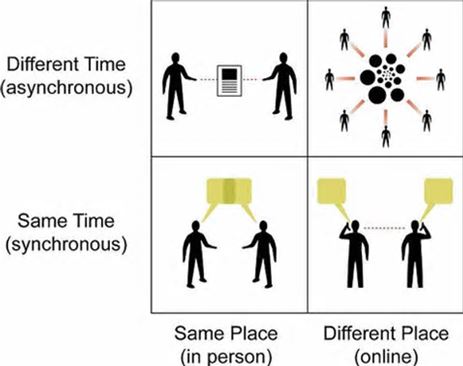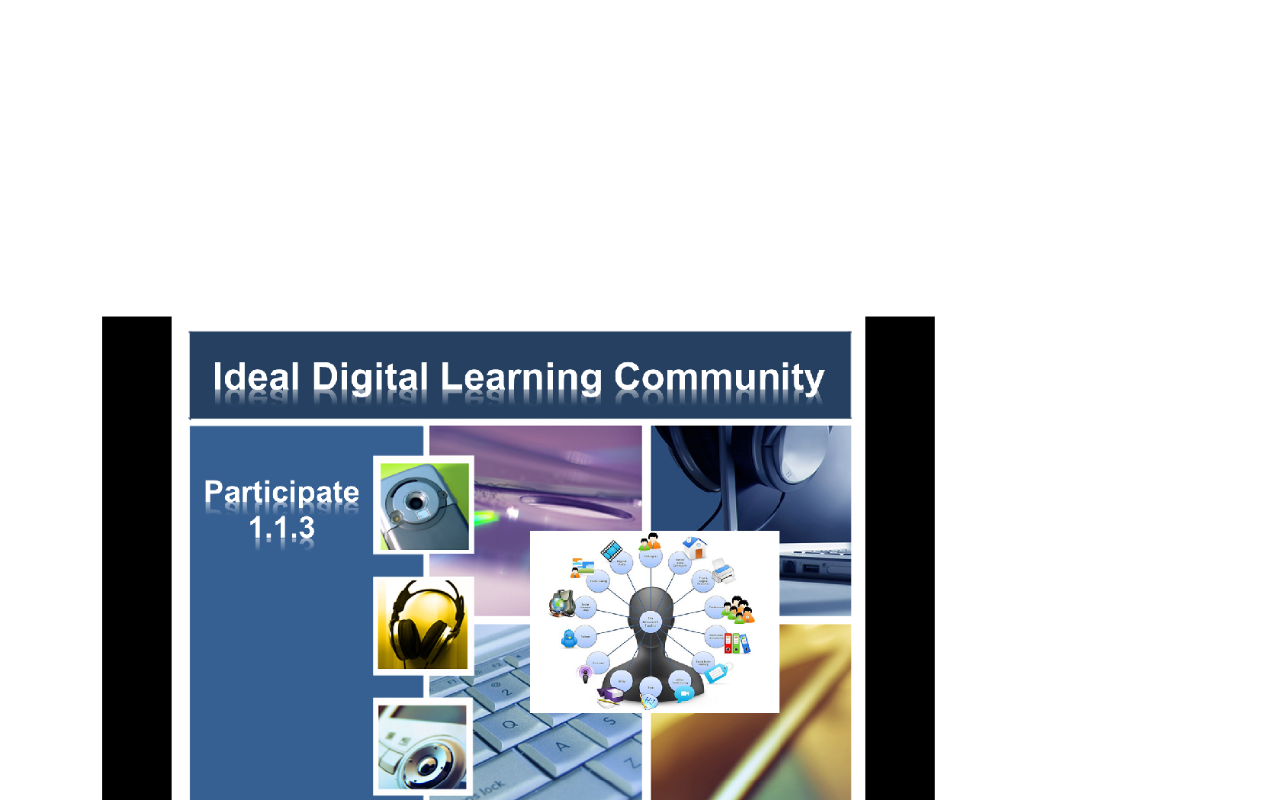Navigate 1.1.1- Delineating Between Synchronous and Asynchronous Content-

Asynchronous content- Instructors provide the materials such as lectures, tests and assignments that students can access at any time. Students are usually given a deadline as to when the assignments must be submitted. Discussion boards, emails, Wikis and email are the tools most often used when delivering asynchronous content. In addition, many online courses now incorporate social networking to enhance student collaboration. Another popular feature of asynchronous delivery is creating e-Portfolios.
Synchronous content- Instructors and students are required to be online at the same time so they are in “sync”. Teachers’ lectures and discussions occur at a specific time and students must be logged in at this time to participate in real-time. Teachers can use video conferences or audio streaming as a means of delivering their lectures. Students can participate in chat rooms as well as speak in the conference by using a LMS such as Blackboard Collaborate. Teachers can provide immediate feedback to students’ questions.
As a recent graduate of an online master’s program, the majority of my coursework was asynchronous. Communication was mainly through the use of e-mail and discussion boards. Some instruction was delivered via pre-recorded video, but most information was posted in the form of documents or online resources. A couple of classes included the use of synchronous chat rooms. Overall, I prefer the freedom of an asynchronous class due to my busy schedule. I was able to access the content on my own time schedule. This worked well for me and I enjoyed the learning experience.

Tags:
Participate

Navigate

Communicate


Create



